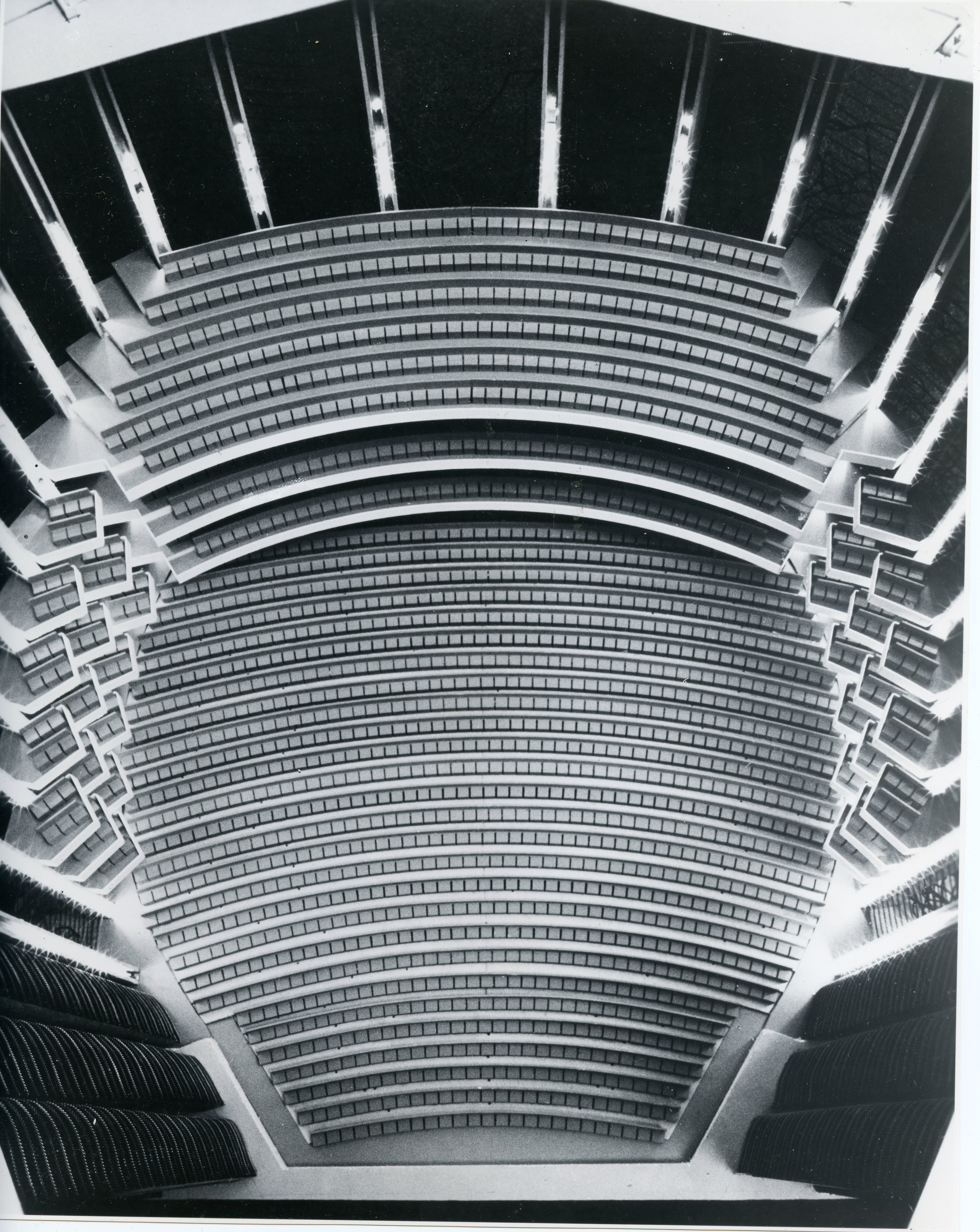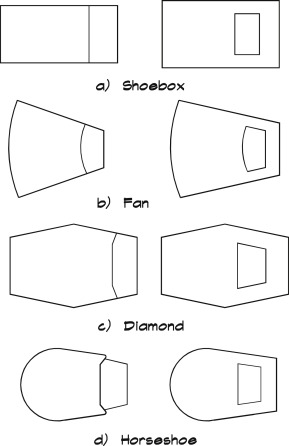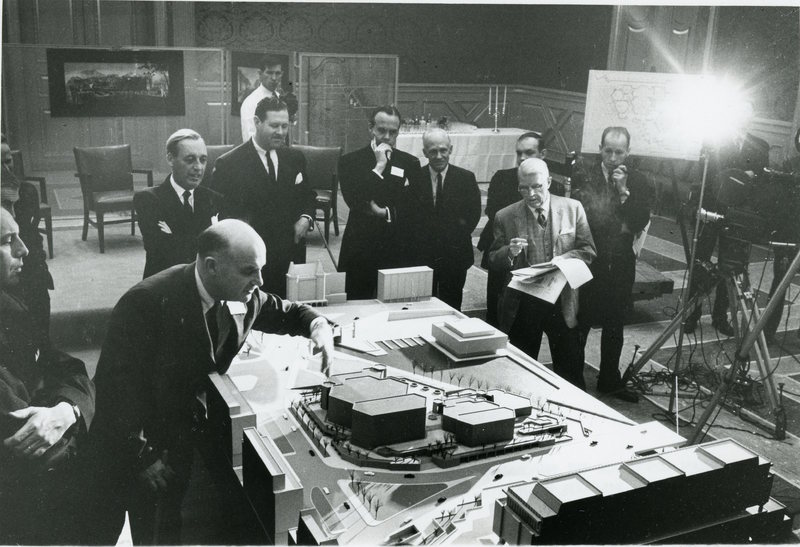Acoustic Considerations of the Original Hall
When Southam Hall was originally designed in the 1960s, the design team had to take in consideration the intended usage of the space. In the National Arts Alliance study it indicates that the hall had to accommodate performances of symphonic works, operatic works, musical theatre works, choral works, and recital type performances (5). A space which can be used for many purposes makes sense economically but it also has to carefully balance how it delivers quality with quantity.
“[Multi-purpose] halls are unsatisfactory because in attempting too much they fail to provide adequately for more than one or perhaps two art forms”
-The “Brown Book”
When assessing their needs in a concert hall, the National Arts Alliance looked at other halls across the country as well as across the world for inspiration. Hamilton Southam along with architects Fred Lebensold and Jim Langford traveled across Europe for a month, attending concerts at various halls to gain inspiration for the design of the National Arts Centre (Jennings, 31).They noticed that some newer halls in the U.S.A. had an audience capacity of over 3,000 persons whereas in European halls had a smaller capacity and focused on achieving the highest quality of sound (31). The Alliance believed that a happy medium between the US and European models would suit their needs best, which is how they came to 2,300 as the ideal number of seats for Southam Hall.
Southam Hall is designed in a horseshoe shape which is one of the four most common hall shapes. The stage is in what is called a Normal Configuration, meaning that the stage is at one end of the hall, whereas the Surround Configuration means that the stage is towards the middle (Long, 2014). The latter is usually chosen for aesthetic reasons but the acoustics tend to be uneven and inconsistent. Southam Hall’s design is actually European in design and its shape is very conducive to good acoustic properties.



